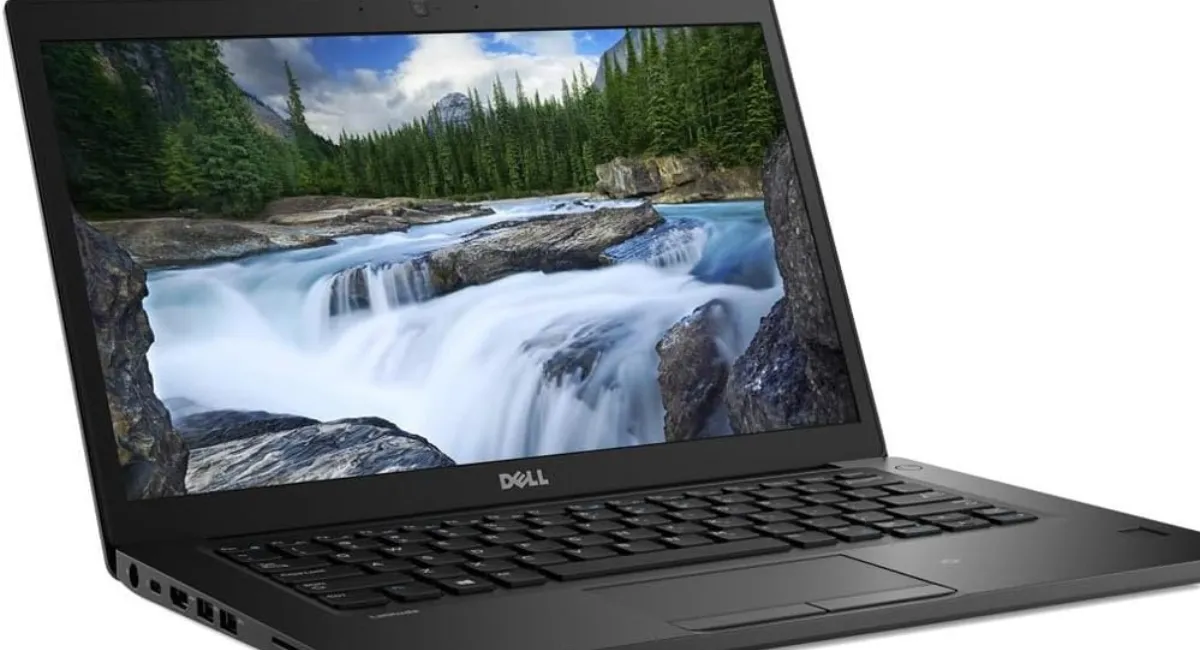Owners of Dell Latitude 7490 computers seek knowledge about the feasibility of installing Windows 7 on their devices among other users. People tend to use Windows 7 because it delivers simple operations and supports outdated software standards. The process of installing Windows 7 onto modern hardware faces difficulties because of hardware and firmware developments. This guide provides a complete breakdown that explains all important aspects including basic requirements and step-by-step installation procedures together with possible solutions.
Dell Latitude 7490
We need to inspect the specifications of the Dell Latitude 7490 prior to installation.
- Processor: Intel Core i5/i7 (7th and 8th Gen)
- RAM: Up to 32GB DDR4
- Storage: M.2 PCIe SSD
- Default OS: Windows 10/11
- BIOS: UEFI firmware
The main obstruction to using the Latitude 7490 is its design for Windows 10 and newer versions. You need to bypass certain issues with Windows 7 installation because the system lacks essential drivers and the BIOS requires special matching to work.
Can You Install Windows 7 on Dell Latitude 7490?
Technically, yes but it’s not straightforward. Users running this model of Dell may encounter hardware compatibility problems because official Windows 7 drivers remain unavailable from Dell. The drivers provided by Windows 7 do not support modern NVMe SSDs or USB 3.0 ports as well as some network adapters.
Prerequisites for Installing Windows 7
Before attempting installation, ensure:
- Your system BIOS contains the newest available version.
- You have backed up essential files before the operation.
- The creation process includes inserting necessary drivers to build a bootable Windows 7 USB installation.
- The system BIOS contains a disabled Secure Boot option.
Download the Required Drivers and Tools
The unsupported Windows 7 transition requires these following components because Dell lacks official support for this model.
- Intel RST and NVMe drivers for SSD detection
- The system needs USB 3.0 drivers in order to function with USB features during installation.
- Network drivers (Ethernet and Wi-Fi)
Third-party websites provide these drivers and you can also extract them by analyzing drivers from another Windows 7-compatible Dell device.
How to Create a Bootable Windows 7 USB Drive
Tools Required:
- Rufus (for creating bootable USB)
- Windows USB/DVD Download Tool
Steps to Create Bootable USB:
- Download a Windows 7 ISO file.
- Use Rufus by selecting your USB drive from the program.
- The MBR set Partition Scheme and BIOS or UEFI Target System configuration must be selected.
- Locate and select the ISO file for the bootable process kickoff.
- Insert the USB 3.0 and NVMe drivers through NTLite applications.
BIOS Settings Configuration
The installation process of Windows 7 starts by modifying the BIOS settings:
- First restart the laptop then use F2 to access BIOS.
- Navigate to “Boot Configuration.”
- Secure Boot needs to be disabled so you can enable Legacy Boot access.
- Set USB as the primary boot device.
Installing Windows 7 on Dell Latitude 7490
Step-by-Step Guide:
- Boot your laptop using the inserted USB media and initiate the restart sequence.
- Choose the USB drive from available options using the F12 boot menu.
- Follow the Windows 7 installation prompts.
- Manual loading of drivers must be performed when the storage drive remains undetected.
- Complete the installation process.
Common Issues & Fixes:
- When Windows 7 setup fails to detect SSD you should utilize NVMe drivers.
- When the USB keyboard/mouse fails to operate you should use USB 2.0 ports or install USB 3.0 drivers to fix the issue.
Post-Installation Steps
Once Windows 7 is installed:
- Install missing drivers manually.
- A legitimate product key functions for activating Windows 7.
- The system’s performance can be enhanced through the disabling of startup programs that are not essential.
Should You Install Windows 7 on Dell Latitude 7490?
Dell Latitude 7490 users should avoid installing Windows 7 software because the machine operates more effectively with either Windows 10 or Windows 11. The modern hardware optimizations on Windows 10 and Windows 11 surpass those provided by Windows 7. Moreover Windows 7 receives no further support from the technological community. You should operate Windows 7 programs using virtual machine technology if specific applications require this operating system.
